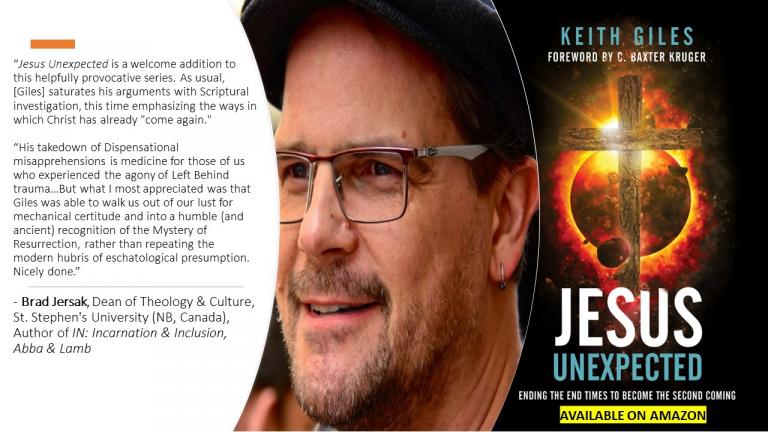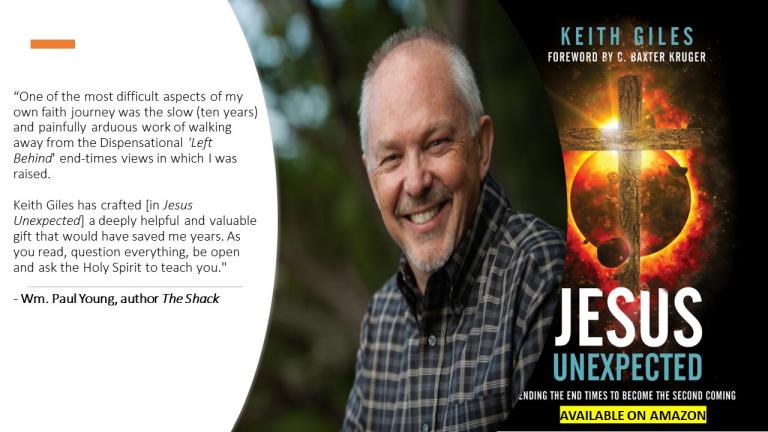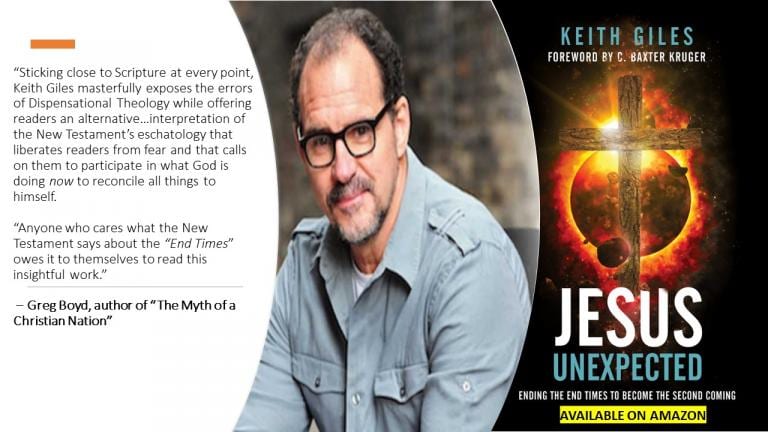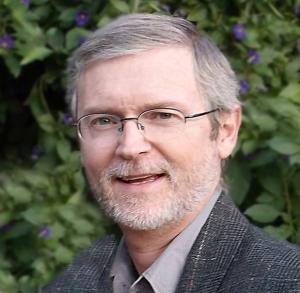The Book of Revelation is rich with symbolic imagery, employing metaphors, similes, and allegorical narratives to convey spiritual truths and warnings.
These images often draw from the Old Testament, ancient Jewish literature, and the Hellenistic culture of the time, and are used to paint a picture of God's ultimate victory over evil and the establishment of his eternal kingdom.Key aspects of Revelation's imagery:
- Symbolic Numbers:
- Numbers like seven (wholeness, completeness), twelve (God's people), and multiples of ten (indefinite large number) are used symbolically.
- Visual Language:
- The book is filled with visions, and the term "imagery" is widely accepted to describe its style.
- Old Testament Connections:
- Revelation reinterprets and expands on Old Testament imagery, particularly from Isaiah, Ezekiel, Zechariah, and Daniel, in the context of the New Covenant.
- Transformation of Reality:
- The imagery aims to transform the reader's understanding of ultimate reality, encouraging faithful discipleship and action.
- Good vs. Evil:
- The book presents a cosmic conflict between good and evil, with vivid depictions of both heavenly glory and the destructive forces of evil.
- Hope and Judgment:
- Revelation combines images of judgment and destruction with those of hope and ultimate restoration.
Examples of specific imagery:
- The Lamb: Jesus is portrayed as a slain Lamb, representing sacrifice and redemption.
- The Woman and the Dragon: The woman, representing Israel or the church, is pursued by the dragon, symbolizing Satan.
- The Beasts: Beasts from Daniel's visions reappear in Revelation, symbolizing corrupt worldly powers.
- The Whore of Babylon: This figure represents the seductive and corrupting influence of sin and worldly power.
- The New Jerusalem: This city symbolizes the ultimate dwelling place of God's people, a place of peace and perfection.
- The Seven Seals, Trumpets, and Bowls: These represent judgments unleashed upon the earth, but also point to God's ultimate victory.
- The Four Horsemen: They represent conquest, war, famine, and death.
Understanding the imagery:
- The Book of Revelation is not meant to be interpreted literally, but rather symbolically.
- The imagery is intended to reveal, not conceal, spiritual truths.
- Context is crucial for understanding the meaning of the images, and modern interpretations can be aided by studying the Old Testament and other ancient Jewish texts.
- The purpose of the imagery is to exhort and encourage the reader to faithful discipleship
Introduction
The Book of Revelation is rich with imagery, much of which is drawn from the Old Testament, particularly the books of Daniel and Ezekiel. These images include depictions of the divine realm (such as the sea of glass, the heavenly temple, and the Passover lamb), descriptions of evil (including the dragon, serpent, and beasts), and symbolic representations of God's people (such as the woman clothed with the sun, the 144,000 faithful, and the Bride of Christ).
Daniel’s beasts and Ezekiel’s throne visions are recontextualized in Revelation to challenge Roman domination, casting present struggles in cosmic, theological terms. These prophets offered symbols of resistance during exile - Revelation does the same in a world shaped by imperial evil and fear.
When viewed through the lens of Process Theology, these images are not fixed dogmatic symbols but dynamic invitations - living metaphors pointing to God's ongoing relationship with the world. In process terms, Revelation offers a vision not of predetermined events but of co-creative possibilities. Each symbol becomes a moment of divine lure, a call toward becoming, transformation, and faithful response.
Symbolic Themes in Process Reflection
Divine Realm
Sea of Glass – Purity and divine presence; mirrors cosmic stillness inviting participation, not separation.
Temple – Sacred meeting place; a symbol of relational intimacy dissolving into unmediated communion (“God is the temple”).
The Lamb – Jesus as the vulnerable center of divine love; in Jesus divine power is expressed through self-giving, not divine domination.
Son of Man – Archetype of divine judgment through wisdom and radiance; symbolizes discernment more than wrath. Where the Lamb lures through self-giving love, the Son of Man stands as an archetype of relational truth—one who reveals where we have deviated from love’s becoming, not to punish, but to invite into deeper alignment.
Seven Angels – Messengers of change; bearers of divine timing and transformation.
Descriptions of Evil
The Dragon – Embodiment of chaos; resistance to divine lure and relational harmony.
The Beasts – Institutionalized evil and domination; symbolic of empire, coercion, and disconnection from divine persuasion.
The Serpent – Signifies primal deception and imperil man's temptation to control rather than cooperate with divine flow within creation's cosmic (divine) energy.
Babylon – Cultural idol of excess and domination; represents collective resistance to just becoming. In process theology, Babylon symbolizes systems that ossify (become rigid and inflexible) - whether economic, political, and religious structures - that resist the lure toward justice. It is less a city than a recurring pattern of collective arrogance, pride, and resistance that denies relational becoming.
Symbolic Representations of God's People
The Woman clothed with the sun (Rev 12) – Is the Bearer of new life and divine history; she images the faithful community of Christ across the ages; and may be described as "the faithful womb of becoming" giving birth to a future in God. She is:
- Clothed with the sun, moon under her feet, crowned with twelve stars
- Pursued by the dragon (Satan)
- Flees into the wilderness but is protected
- Gives birth to a male child who is to “rule the nations”
The Whore of Babylon (Rev 17): Is the Bearer of unrepentful life and works against divine history; she images the unfaithful community across the ages; and may be describes as "the false womb of decay and (imperial) coercion. This form of activity of man destroys love and devours hope. She is:
- Rides the scarlet beast with blasphemous names
- Dressed in purple and scarlet, adorned with gold and jewels
- Called “Babylon the Great, mother of prostitutes and of earth’s abominations”
- Drunk on the blood of saints and martyrs
- Eventually destroyed by the very powers she allied with
144,000 – Symbol of fullness, not literal count; represents those aligned with divine becoming.
Two Witnesses – Prophetic resistance; those who stand in the flow of divine justice against oppressive power.
Bride of Christ – Covenant community in process; a people growing toward full communion.
Process-based reading:
She symbolizes the faithful community in process - Israel, the Church, or the people of God as bearer of divine promise (described as "the remnant of God"). She’s not static purity but a figure in motion, struggling to birth something new in history despite opposition. She is a participant in divine becoming.
Process-based reading:
She embodies corrupt systems—political, religious, economic—that seduce through domination and false allure. Babylon is the anti-community, drawing others into false union, not true relationality. She reflects what happens when the lure of love is replaced with the lure of control.
Other Notable Images
The Scroll – The unfolding of divine possibilities; each seal a revelation of becoming.
The Four Horsemen – Cycles of consequence; reflections of disruption when divine lure is rejected. Basically, life choices my one or many are not without consequences.
New Jerusalem – Image of healed community; the co-created future of beauty, justice, and presence. Represented as an eschatological event but seen as both a processual transformation in the present tense affecting the future tense of mankind and creation.
Tree of Life – Enduring source of renewal; symbol of relational nourishment and eternal process.
River of Life – Divine flow sustaining all; creative energy nurturing ongoing becoming.
Previously Discussed
Doors – Thresholds of choice; divine invitations into deeper freedom.
Lampstands – Communities of faithful light; bearing divine presence in the world.
Bowls – Outpouring of stored consequence; embodiment of justice, not vengeance.
Witnesses – Voices of processual faithfulness; present within cycles of resistance and rebirth.
Cities – Babylon vs. New Jerusalem; collapse of (imperial or papal) coercion vs. rise of relational harmony amongst nations, peoples, tribes, clans, families and friends.
Horsemen – Embodied process of breakdown and renewal; symbols of cosmic movement. Choices have consequences. Resistance to renewal may innure (make less sensitive) stubborn hearts and elevate acceptance towards evil.
Trees and Rivers – Archetypes of continuity, regeneration, and divine flow.
Conclusion
None of these symbols are ends in themselves. In Process Theology, they are dynamic invitations—lures—not signs of inevitable fate, but openings to awakening; resistance to sinful coercion; and co-creations towards New Creation.
Revelation, read through the eyes of process, becomes less a coded calendar and more a living poem—drawing us forward into the transformation of all things by love.
To read Revelation in this way is to train the imagination toward justice. Each image becomes a spiritual practice—a lens through which we resist domination, participate in divine persuasion, and midwife the world towards what could be beginning with us and working outward.




















